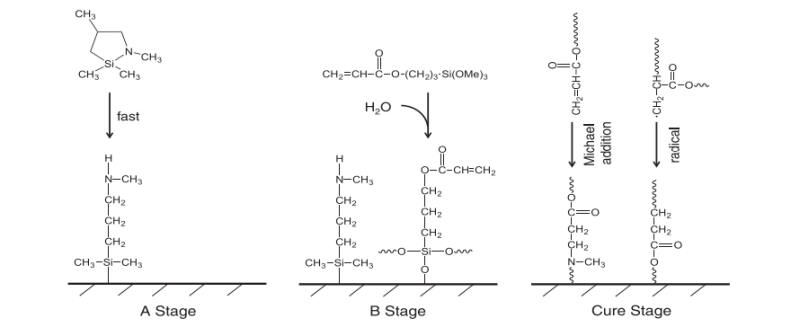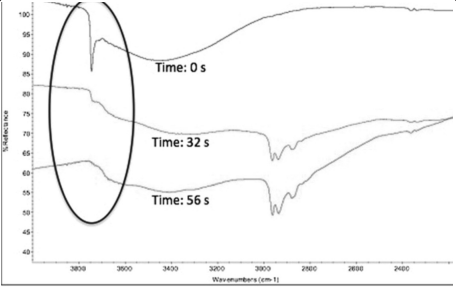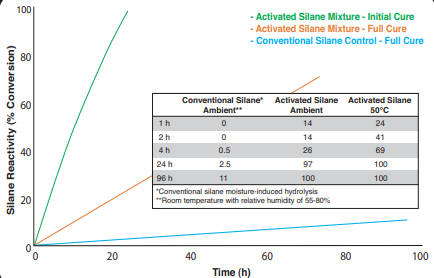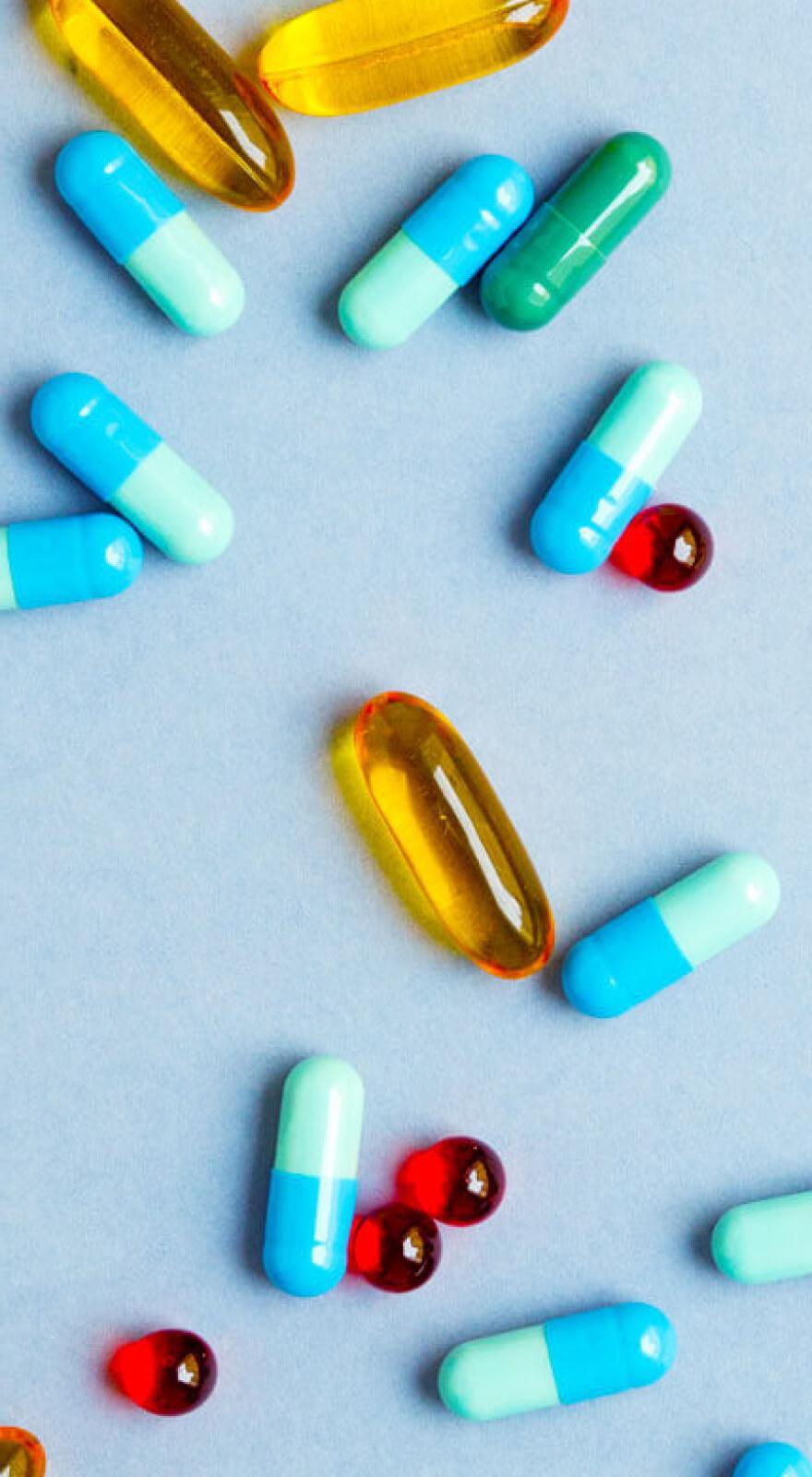Knowde Enhanced TDS
Identification & Functionality
- Chemical Family
- Chemical Name
- CASE Ingredients Functions
- Molecular formula
- C₉H₁₈O₅Si
- Technologies
- Product Families
- Chemical Structure
Features & Benefits
- CASE Ingredients Features
- Benefits of Activated Silanes
- High speed reactivity.
- Improvements in adhesion.
- Higher mechanical bond strength (flexural, tensile and impact).
- Moisture activation not required prior to deposition.
- Features
- Coupling agent for UV cure and epoxy systems
- Comonomer for free-radical polymerizaiton
- Analog of methacryloxypropyltrimethoxysilane (SIM6487.4)
- Inhibited with BHT
- Base silane in SIVATE™ A200
- Product Highlights
Acrylate Functional Trialkoxy Silane
Silane coupling agents have the ability to form a durable bond between organic and inorganic materials to generate desired heterogeneous environments or to incorporate the bulk properties of different phases into a uniform composite structure. The general formula has two classes of functionality. The hydrolyzable group forms stable condensation products with siliceous surfaces and other oxides such as those of aluminum, zirconium, tin, titanium, and nickel. The organofunctional group alters the wetting or adhesion characteristics of the substrate, utilizes the substrate to catalyze chemical transformations at the heterogeneous interface, orders the interfacial region, or modifies its partition characteristics, and significantly effects the covalent bond between organic and inorganic materials.
Applications & Uses
- Applications
- Compatible Polymers & Resins
- Cure Method
- Coating Type
- Applications
- Employed in optical fiber coatings
- Used in microparticle surface modification
- Used in combination with dipodal silane, Bis(3-trimethoxysilylproply)amine to increase strength and hydrolytic stability of dental composites
- Primers for fiberoptic cladding.
- Coupling agent for light-cure acrylic nanocomposites.
- Adhesion promoter for high-speed UV cure systems, particularly acrylated urethanes.
Properties
- Physical Form
- Chemical Properties
- Typical Properties
| Value | Units | Test Method / Conditions | |
| Boiling Point (at 0.4 mmHg) | 68.0 | °C | — |
| Value | Units | Test Method / Conditions | |
| Density (at 20°C) | 1.06 | g/ml | — |
| Purity | 0.96 | — | — |
| Refractive Index (at 20°C) | 1.4155 | — | — |
| Hydrolytic Sensitivity | 7 (Reacts slowly with moisture/water) | — | — |
| pH value (1:1 in water) | approx. 10 | — | — |
| Viscosity | 2 - 3 | cSt | — |
| Molecular Weight | 234.32 | g/mol | — |
| Flash Point | 123.0 | °C | — |
Regulatory & Compliance
- Chemical Inventories
Technical Details & Test Data
- SAMs (Self-Assembled Monolayers)
They can be applied neat or in solution via conventional lithography techniques to form SAMs. SAM is a layer of amphiphilic molecules created by the chemisorption onto a metal oxide, precious metal surface, plastic or nanoparticle substrates, followed by the 2-dimensional alignment of hydrophobic groups to form a structures single monolayer. The surface can be selectively modified to achieve the desired antisticktion, mechanical and chemical properties for microelectromechanical systems (MEMS) and nanoelectromechanical systems (NEMS).
- Test Data
How do activated silanes work? (Mechanism and Chemistry)
The reaction of activated silanes is driven by the thermodynamically favored formation of a silicon-oxygen bond, and is >85% complete in less than 15 seconds, reacting with more than three times as many hydroxyl groups as the conventional ethoxysilane achieve in 1 hour. Once the ring is opened, the secondary amine promotes the condensation of silanols formed from the base silane component with the substrate, more than doubling the kinetics of reactivity for hydrolytic deposition.

Reaction of activating silane, with surface during deposition

DRIFT Spectra monitoring the disappearance of the terminal hydroxyl peak over exposure time as the terminal hydroxyls react with a cyclic azasilane.

Reaction Kinetics of the activated silane with an acrylate polymer.
Packaging & Availability
- Standard Packaging
- 25 g
- 100 g
- 2 kg
- 16 kg
- 180 kg
Storage & Handling
- Storage Conditions
Store in Cold, Store at below 5°C.

